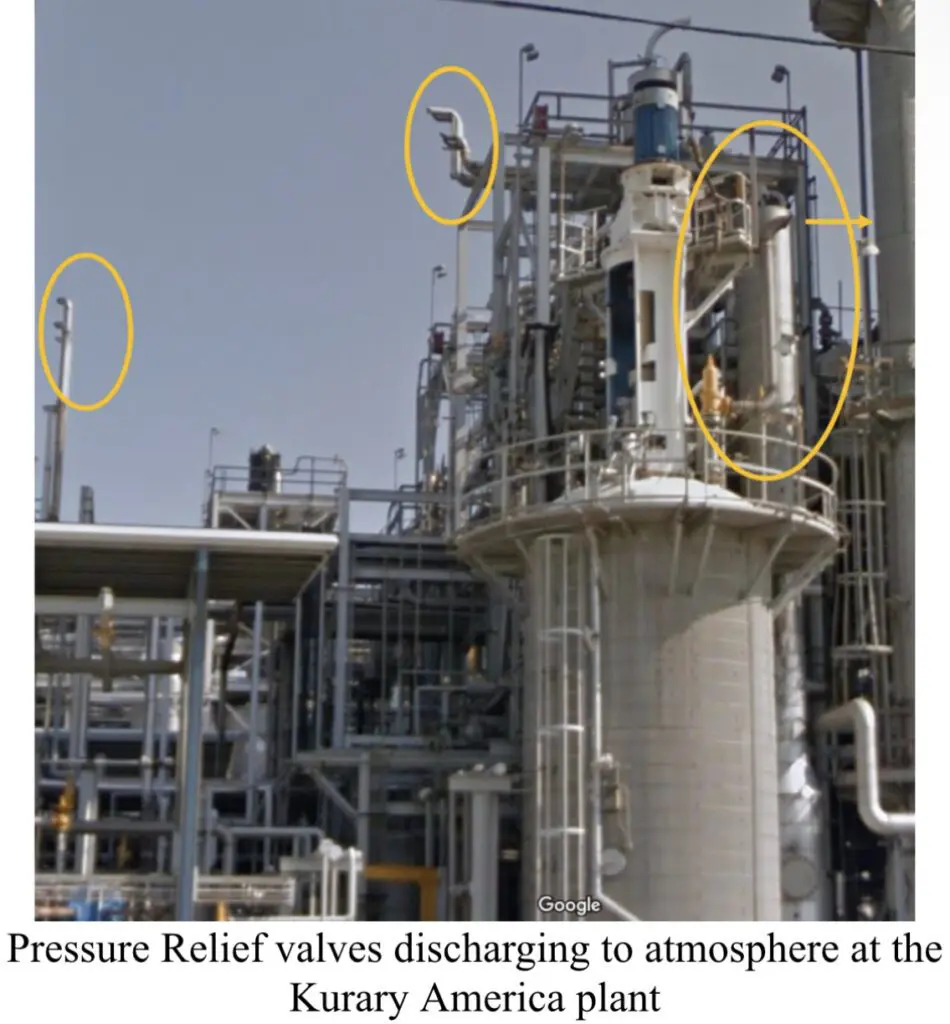The Weekly Reflektion 40/2023
The main purpose of a Major Accident investigation is to identify measures that will prevent Major Accidents. It is the responsibility of all managers to ensure that their organisation learns and failure to learn is negligence. While there may be many reasons why learning does not take place, there are no excuses when the Major Accident happens to you

Is the fact that a Major Accident has not happened to you yet a good basis to assume it will not happen in the future?
This is Reflektion number 3 on the fire at the Kuraray America EVAL plant on 19th May 2018.
In his 1993 book Lessons from Disaster: How Organizations Have No Memory and Accidents Recur, process safety expert Trevor Kletz stated:
It might seem to an outsider that industrial accidents occur because we do not know how to prevent them. In fact, they occur because we do not use the knowledge that is available.
The explicit knowledge that the industry has is contained in the many standards and practices that are available. These are updated as the industry gains experience and as new knowledge becomes available. The experience gained should of course, include learning from incidents and accidents. Why then did a serious fire that injured 23 people occur at the Kuraray America EVAL plant?
In 2015 a process hazard analysis (PHA) was carried out on the Kuraray plant. The team found that potential ethylene releases from the pressure relief systems could result in fires or vapour cloud explosions. The team recommended an improvement in the pressure control system and that the modifications should be carried out in the maintenance shutdown in 2018. The modification was not carried out. The team also recommended a study on the potential impact on personnel from discharge of ethylene from pressure relief systems. This recommendation was rejected. The management system allowed management to reject PHA recommendations if certain stated conditions were met. The management system did not however require the management to document the basis for the rejection. The people interviewed as part of the CSB investigation indicated that the management did not have a focus on process safety and were easily distracted by less important issues. At Kuraray, many of the managers had worked at Kuraray for 20-30 years, were not familiar with the standards, and accepted the risks associated with the pressure relief discharges based on the knowledge that ‘a serious incident has not happened at Kuraray before’. The fact that incidents with ethylene releases into unsafe locations with people present had happened seem to have been conveniently removed from the management memory.
The management displayed little interest in Major Accidents and made no attempt to learn from the Texas City refinery disaster in March 2005 where there were 15 fatalities. Contractors interviewed after the fire at Kuraray were surprised to learn of the start-up of the plant while construction work, in particular welding work, was ongoing. They stated that they were normally kept away from the plant during start up and they were very aware of the ‘BP incident’. A production operator at Kuraray stated that non-essential personnel were kept away while ethylene was introduced and the pressure in the system was increased to operating pressure. Once the system had been checked for leaks then construction work could resume. At Texas City the disaster occurred many hours after pressure had been established in the system. Start-up of a processing facility is much more than just bringing up the pressure.
The management at the Kuraray plant did not ensure the EVAL plant could be operated safely and placed people in the way of harm. They failed to learn from Major Accidents on other plants where people were killed and from the incidents at their own plant. They failed to implement measures that could have prevented the fire and the subsequent injuries to 23 people. This happened in 2018 and reflects today’s reality. Our experience and knowledge are still not being applied across the industry to prevent Major Accidents. How many people need to die, before too many people have died?
